90 percent of people with chronic kidney disease aren’t aware their kidneys are failing
By naturopath Margaret Jasinska
A recent Australian study has found that 90 percent of people with stage 3 or higher chronic kidney disease are undiagnosed. This is a frightening statistic because chronic kidney disease can significantly shorten a person’s lifespan.
Chronic kidney disease usually causes no symptoms at all.
The majority of kidney function can be lost before symptoms start to appear. By then it is usually not possible to halt or slow the progression of kidney failure.
The kidneys are bean shaped organs that are the size of a clenched fist. They are located near the middle of the back, just below the ribcage. The main job of the kidneys is to remove waste products from the blood, where they are excreted into urine. The kidneys filter an average of one litre of blood each minute!
The number of Australians getting sick or dying from kidney failure is rapidly rising; this is often due to avoidable risk factors such as high blood pressure and high blood sugar. Fortunately many of these deaths can be prevented.
What causes chronic kidney disease?
The following factors raise the risk of developing a kidney problem:
- High blood pressure. If undiagnosed or untreated, high blood pressure can cause significant damage to the kidneys. This is because the excess pressure places stress on the delicate capillaries within the kidneys, damaging them.
- Elevated blood sugar. Diabetes greatly increases the risk of kidney damage, and so does pre-diabetes and insulin resistance. A glucose spike after a high sugar meal can stress the kidneys in people with or without diabetes.
- Kidney infections.
- Autoimmune disease of the kidneys, such as glomerulonephritis or lupus that affects the kidneys.
- Long term use of some medications
- Obesity
- Cigarette smoking or vaping
The kidneys usually cope well with minor damage, and can still carry out their functions well. If kidney function falls below 25 percent, serious health problems develop. If kidney function drops below 15 percent, dialysis is usually required.
How is chronic kidney disease defined?
- An estimated or measured glomerular filtration rate (eGFR) <60 mL/min that is present for ≥3 months with or without evidence of kidney damage.
Or
- Evidence of kidney damage with or without decreased eGFR that is present for ≥3 months with the following:
- Albuminuria (when the protein albumin is present in the urine)
- Haematuria (blood in the urine) after exclusion of urological causes
- Structural abnormalities (e.g. on kidney scans)
- Pathological abnormalities (e.g. on renal biopsy)
How to best look after your kidneys
Try to keep your blood sugar in the healthy range. Avoid becoming overweight or a type 2 diabetic. If you do have diabetes, try to get your blood sugar as close to normal as possible. See our book Diabetes Type 2: You Can Reverse It Naturally for solutions.
Get your blood pressure checked and make sure it is not too high. Insulin resistance is the biggest cause of high blood pressure. There is information about how to reverse that in the book I Can’t Lose Weight and I Don’t Know Why.
Treat all urinary tract infections promptly.
Drink enough water so that your urine is fairly clear, with a mild yellow tinge.

Avoid becoming dehydrated. This can occur due to sweating in extreme heat, vomiting or diarrhoea, or a serious infection such as the flu when you sleep for most of the day and don’t drink enough fluid. Dehydration can harm the kidneys, particularly in older individuals who are taking several prescription medications or pain killers.
References:
Chronic Kidney Disease (CKD) Management in Primary Care (5th edition). Kidney Health Australia, Melbourne, 2024.
Pecoits-Filho R et al. Reveal-CKD: Prevalence Of Undiagnosed Stage 3 Chronic Kidney Disease In Australia, Brazil, Canada And Spain. Presented at: ERA 2023, 15–18 June 2023, Milan, Italy


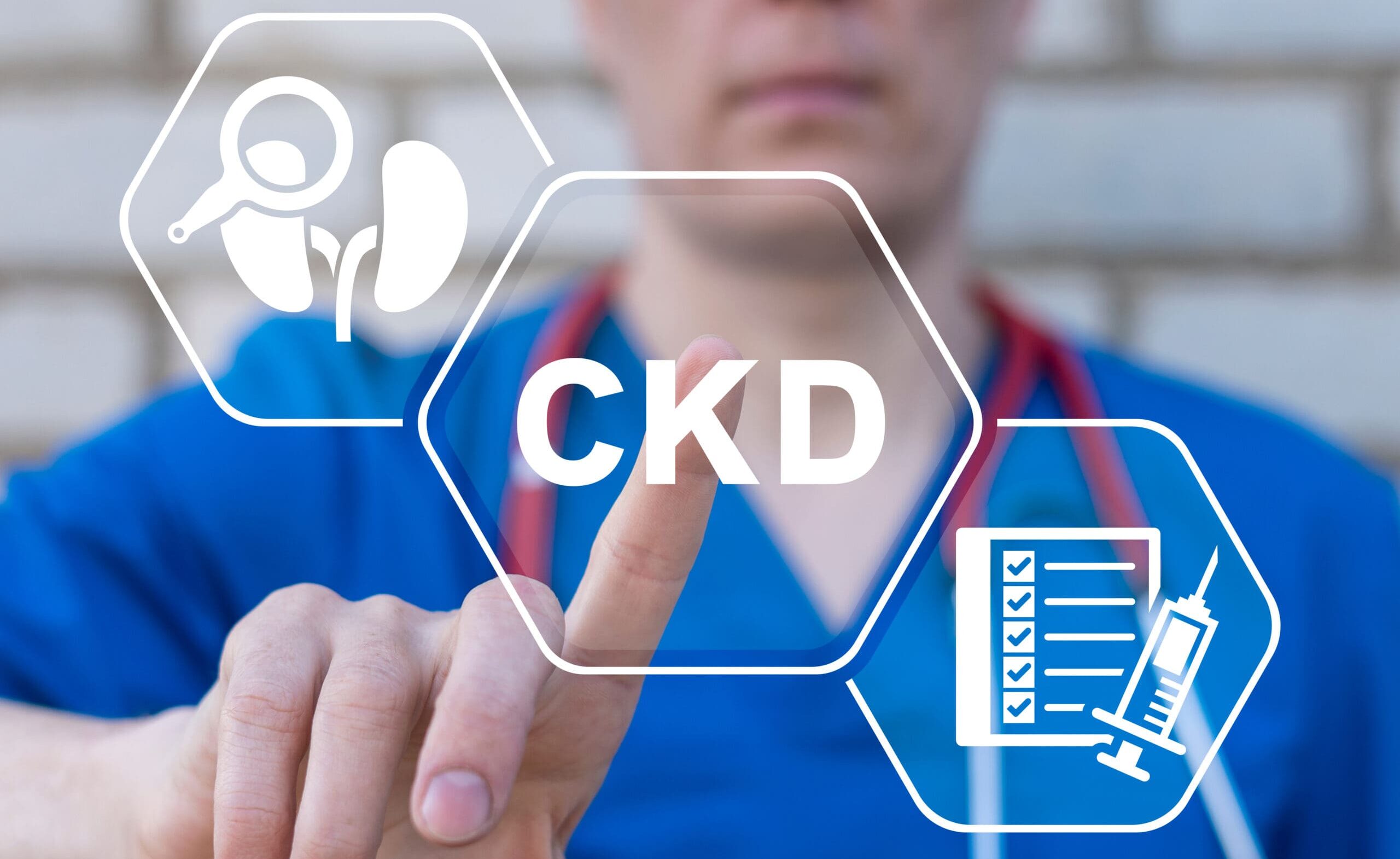
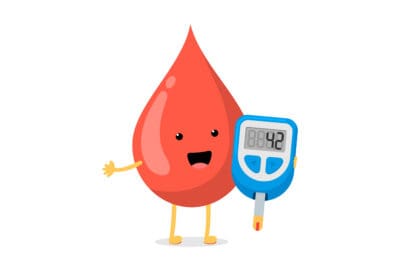
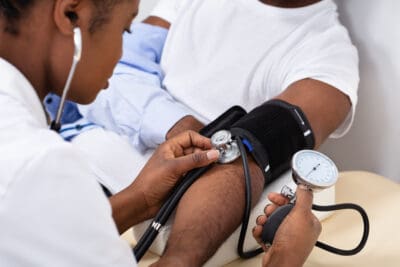
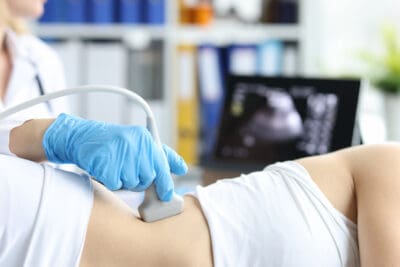

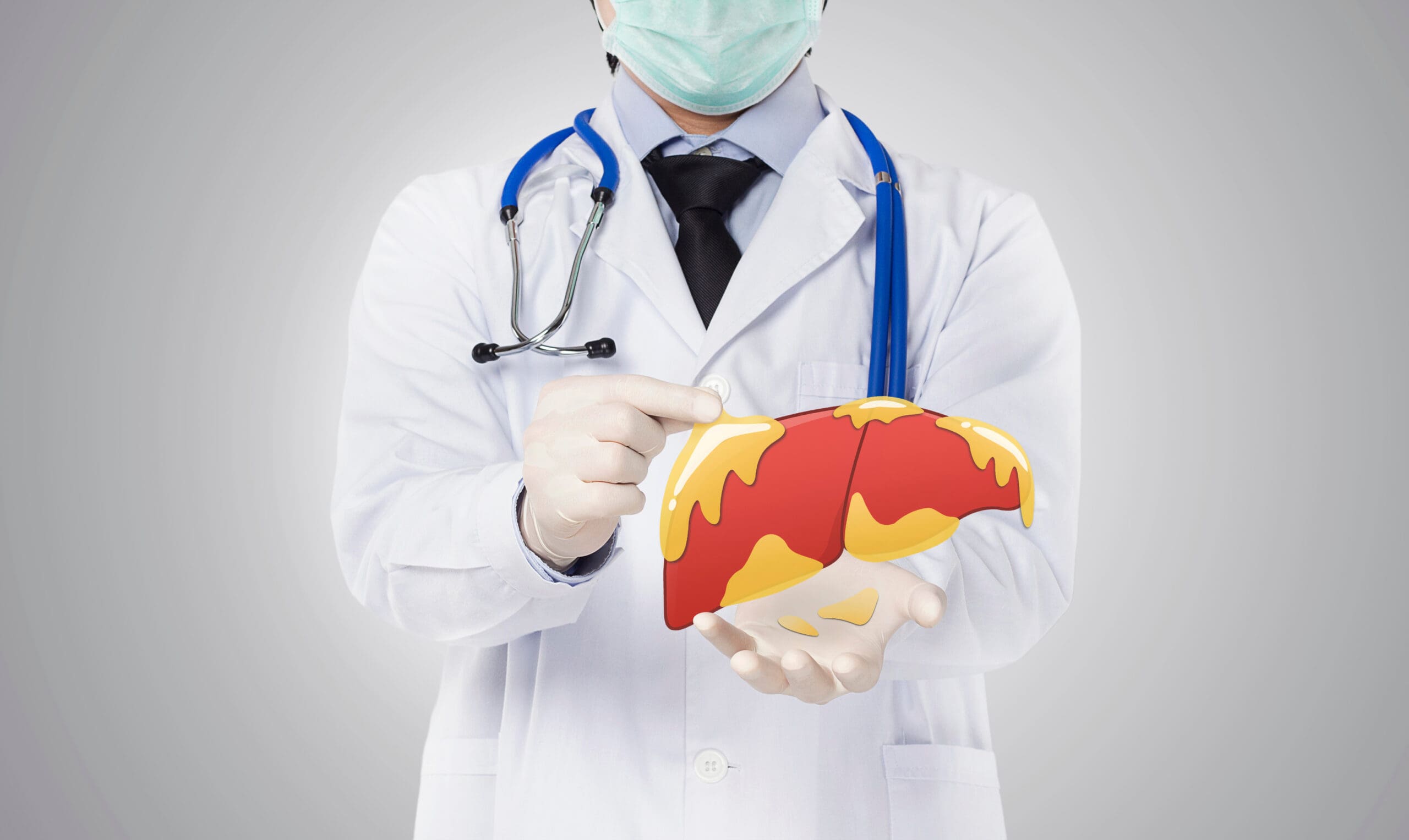




Leave A Comment